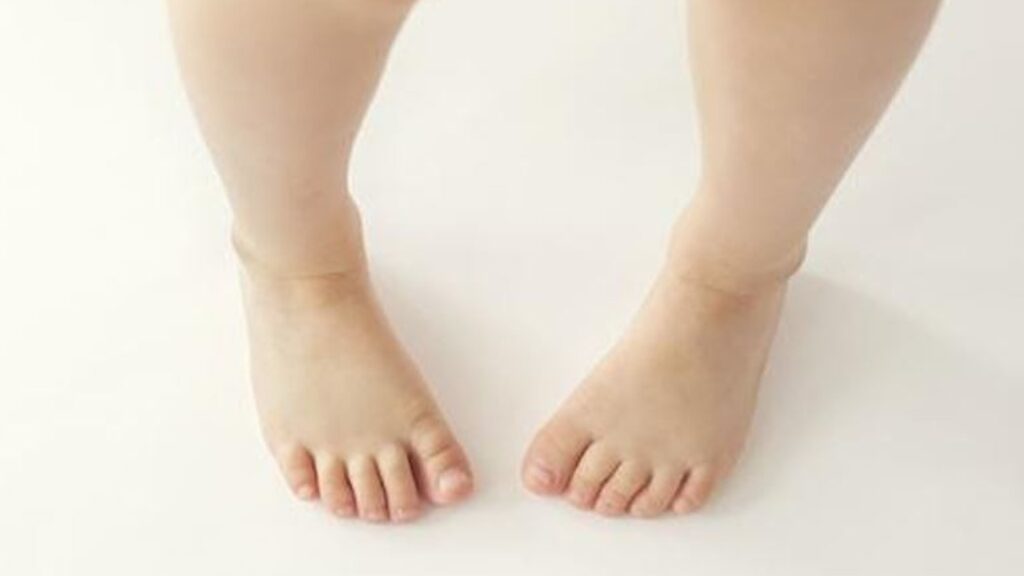Intoeing Gait – Its causes and symptoms
Have you ever noticed your child walking differently to other kids? Do their feet turn inwards?
Intoeing means that when a child walks or runs, the feet turn inward instead of pointing straight ahead. It is commonly referred to as being “pigeon-toed.” It is most prevalent in children aged under four. Intoeing is generally asymptomatic but severe cases of intoeing can cause tripping.
Intoeing is often first noticed by parents when a baby begins walking, but children at various ages may display intoeing for different reasons.
Causes of Intoeing
- Intrauterine positioning- while the bones were still soft can cause the twist. The bone will slowly untwist as the child grows and will usually be resolved by the time the child is ready for school.
- Femoral anteversion – where the thighbone is twisted inwards. This bone will also untwist and correct itself at a slower rate than the tibia and resolved by age nine or ten. In some children this doesn’t correct completely and this intoeing gait remains into adulthood.
- Metartasus adductus – where the feet are curved inwards in a “C-shaped” fashion. Most of these children also get better without treatment, but for those few children who have very curved feet, bracing stretching or special shoes may help temporarily.
- “W” sitting and abnormal sleeping positions that cause increased internal rotation at the hip and knee joints.
- Tibial torsion – where the shinbone is twisted inwards.
Signs & symptoms of intoeing
The following signs or symptoms may indicate an intoeing children’s gait:
- One or both feet turn inwards when your child walks or runs
- Squinting knees or turned in knees when your child stands or walks
- You may notice “banana” or curved shaped feet 👣
- You may notice that your child looks clumsy or trips over their feet when walking
Whilst intoeing is usually asymptomatic in some cases it can be a source of embarrassment for the child which may then lead to low self esteem and affect their participation in activities.
Treatment for intoe gait depends on whether the cause is at the level of foot, leg or hip and whether it is affecting the child’s co-ordination. Generally no treatment is necessary as the intoe often resolves or greatly improves with development. In some cases stretching and strengthening exercises, specific footwear, or bracing and gait plates may be necessary.
Does your child has these symptoms? Have him/her check with one of our podiatrist. ✅
Schedule an appointment here or you may call us at 44 (0) 207 101 4000. 📞
We hope you have a specTOEcular day! 👣☀️
-The Chelsea Clinic and Team
Read our article about tiptoe walking children here https://www.thechelseaclinic.uk/tiptoe-walking-children/




